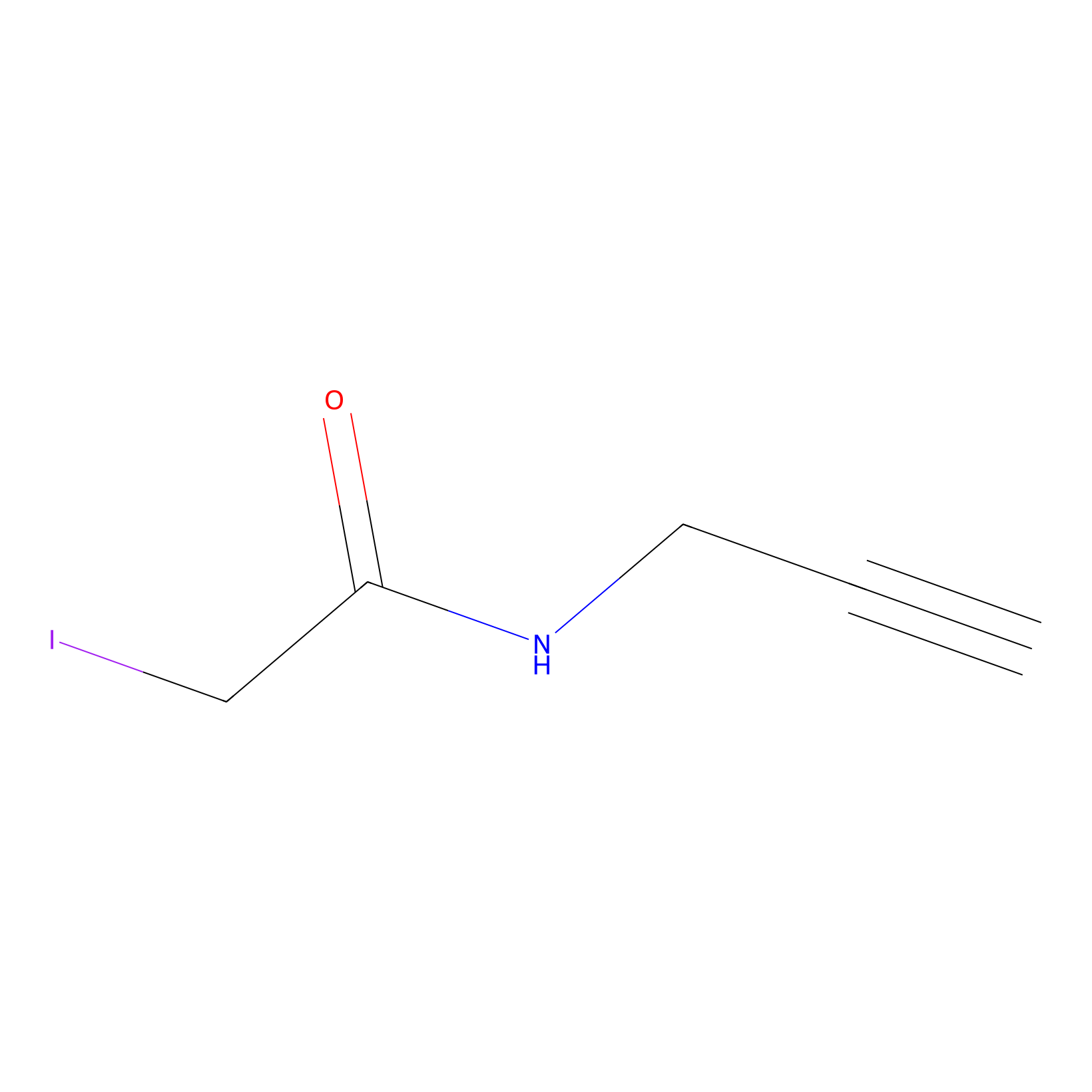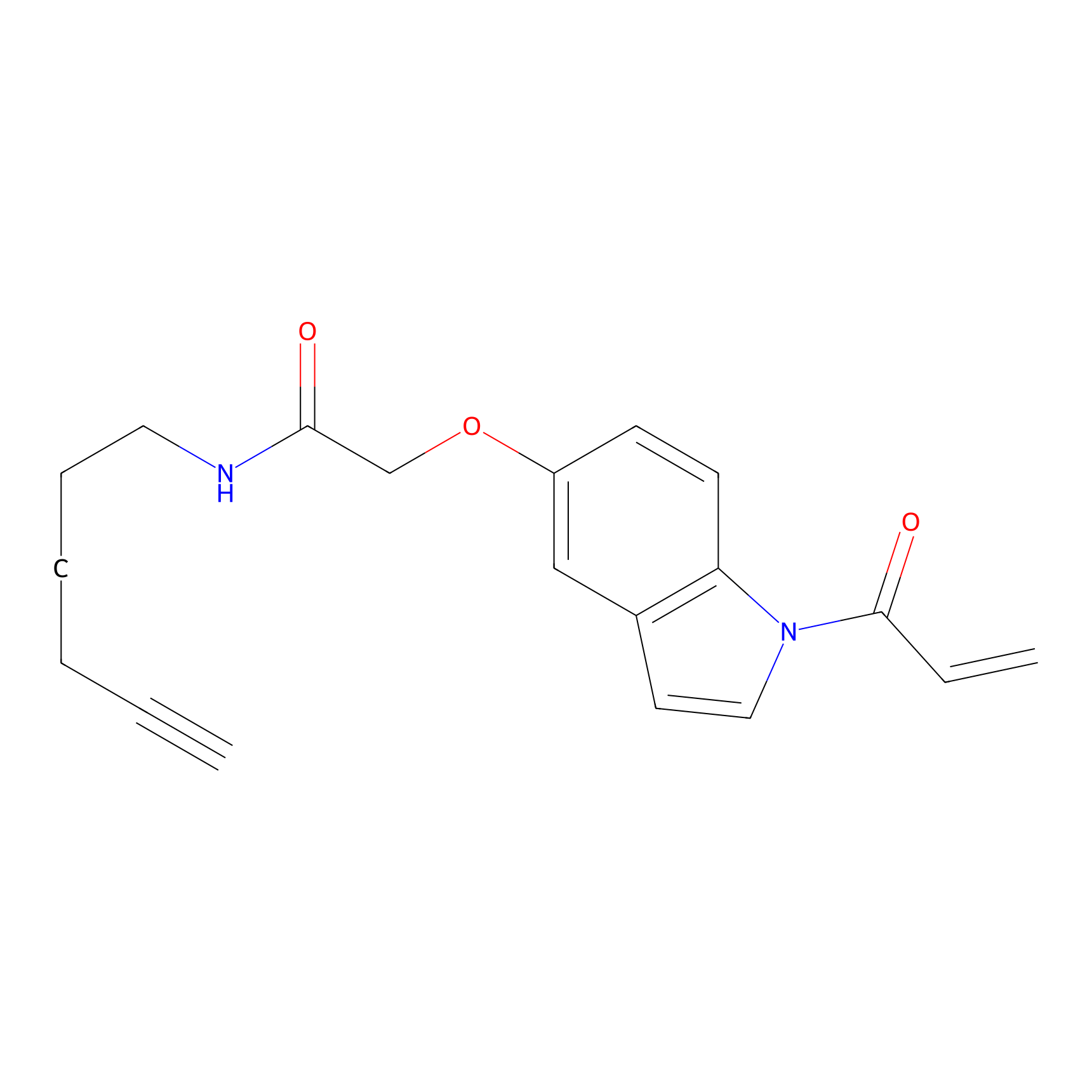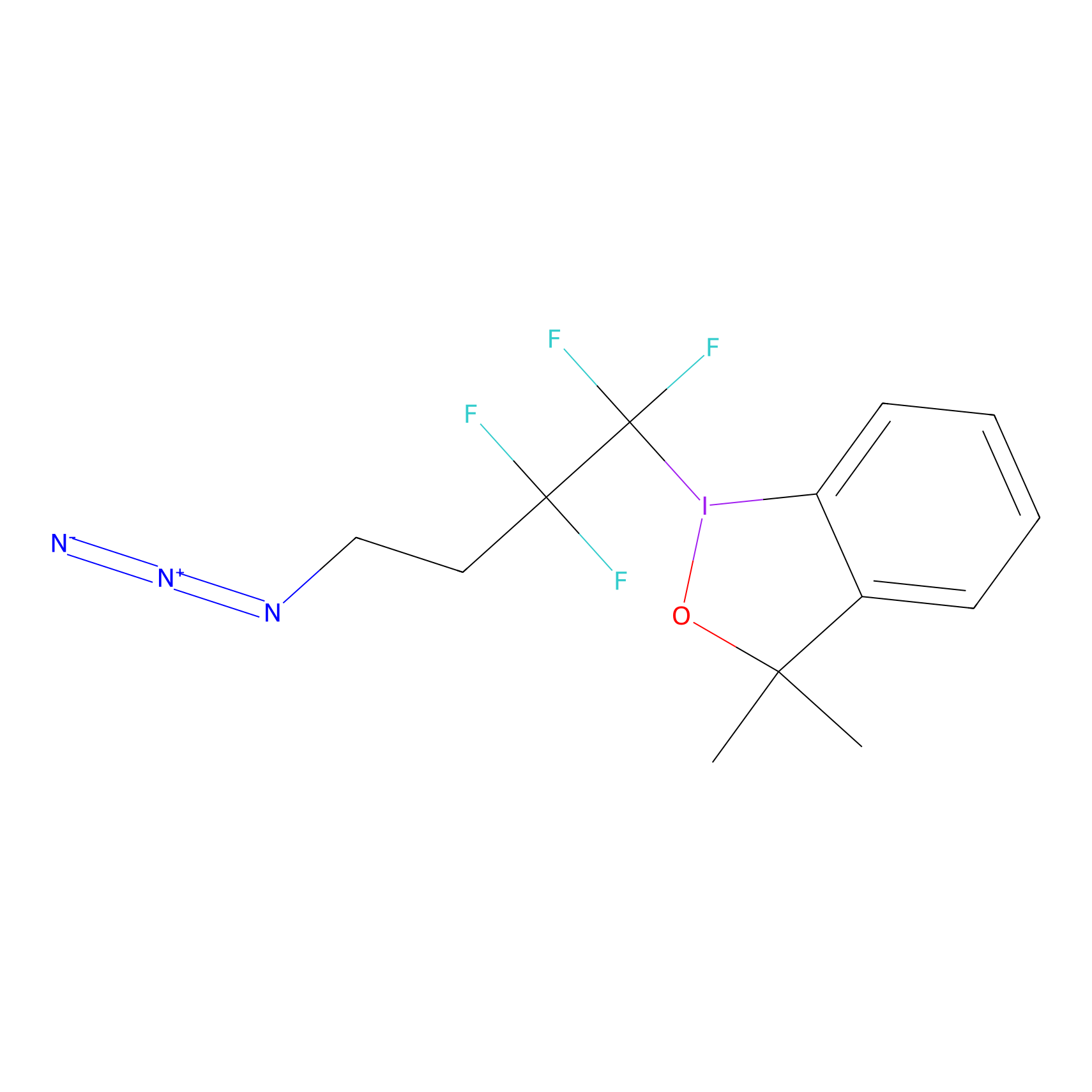Details of the Target
General Information of Target
| Target ID | LDTP02446 | |||||
|---|---|---|---|---|---|---|
| Target Name | Chimeric ERCC6-PGBD3 protein (ERCC6) | |||||
| Gene Name | ERCC6 | |||||
| Gene ID | 2074 | |||||
| Synonyms |
Chimeric ERCC6-PGBD3 protein; Chimeric CSB-PGBD3 protein |
|||||
| 3D Structure | ||||||
| Sequence |
MPNEGIPHSSQTQEQDCLQSQPVSNNEEMAIKQESGGDGEVEEYLSFRSVGDGLSTSAVG
CASAAPRRGPALLHIDRHQIQAVEPSAQALELQGLGVDVYDQDVLEQGVLQQVDNAIHEA SRASQLVDVEKEYRSVLDDLTSCTTSLRQINKIIEQLSPQAATSRDINRKLDSVKRQKYN KEQQLKKITAKQKHLQAILGGAEVKIELDHASLEEDAEPGPSSLGSMLMPVQETAWEELI RTGQMTPFGTQIPQKQEKKPRKIMLNEASGFEKYLADQAKLSFERKKQGCNKRAARKAPA PVTPPAPVQNKNKPNKKARVLSKKEERLKKHIKKLQKRALQFQGKVGLPKARRPWESDMR PEAEGDSEGEESEYFPTEEEEEEEDDEVEGAEADLSGDGTDYELKPLPKGGKRQKKVPVQ EIDDDFFPSSGEEAEAASVGEGGGGGRKVGRYRDDGDEDYYKQRLSPKMPRTLSLHEITD LLETDDSIEASAIVIQPPENATAPVSDEESGDEEGGTINNLPGSLLHTAAYLIQDGSDAE SDSDDPSYAPKDDSPDEVPSTFTVQQPPPSRRRKMTKILCKWKKADLTVQPVAGRVTAPP NDFFTVMRTPTEILELFLDDEVIELIVKYSNLYACSKGVHLGLTSSEFKCFLGIIFLSGY VSVPRRRMFWEQRTDVHNVLVSAAMRRDRFETIFSNLHVADNANLDPVDKFSKLRPLISK LNERCMKFVPNETYFSFDEFMVPYFGRHGCKQFIRGKPIRFGYKFWCGATCLGYICWFQP YQGKNPNTKHEEYGVGASLVLQFSEALTEAHPGQYHFVFNNFFTSIALLDKLSSMGHQAT GTVRKDHIDRVPLESDVALKKKERGTFDYRIDGKGNIVCRWNDNSVVTVASSGAGIHPLC LVSRYSQKLKKKIQVQQPNMIKVYNQFMGGVDRADENIDKYRASIRGKKWYSSPLLFCFE LVLQNAWQLHKTYDEKPVDFLEFRRRVVCHYLETHGHPPEPGQKGRPQKRNIDSRYDGIN HVIVKQGKQTRCAECHKNTTFRCEKCDVALHVKCSVEYHTE |
|||||
| Target Bioclass |
Other
|
|||||
| Subcellular location |
Nucleus
|
|||||
| Function |
Involved in repair of DNA damage following UV irradiation, acting either in the absence of ERCC6 or synergistically with ERCC6. Involved in the regulation of gene expression. In the absence of ERCC6, induces the expression of genes characteristic of interferon-like antiviral responses. This response is almost completely suppressed in the presence of ERCC6. In the presence of ERCC6, regulates the expression of genes involved in metabolism regulation, including IGFBP5 and IGFBP7. In vitro binds to PGBD3-related transposable elements, called MER85s; these non-autonomous 140 bp elements are characterized by the presence of PGBD3 terminal inverted repeats and the absence of internal transposase ORF.
|
|||||
| Uniprot ID | ||||||
| Ensemble ID | ||||||
| HGNC ID | ||||||
Probe(s) Labeling This Target
ABPP Probe
| Probe name | Structure | Binding Site(Ratio) | Interaction ID | Ref | |
|---|---|---|---|---|---|
|
IPM Probe Info |
 |
N.A. | LDD0241 | [1] | |
|
DBIA Probe Info |
 |
C806(1.99) | LDD3323 | [2] | |
|
NAIA_5 Probe Info |
 |
N.A. | LDD2224 | [3] | |
|
TFBX Probe Info |
 |
N.A. | LDD0148 | [4] | |
Competitor(s) Related to This Target
References
